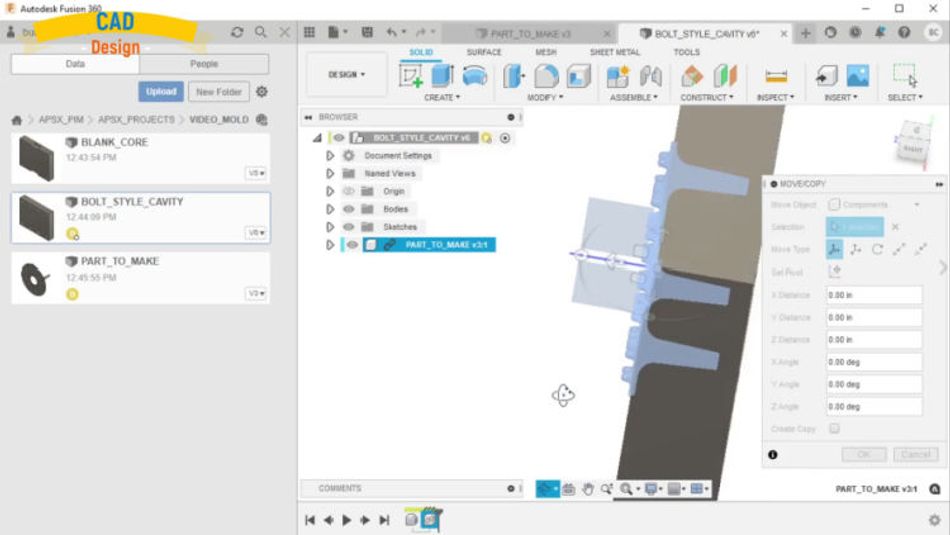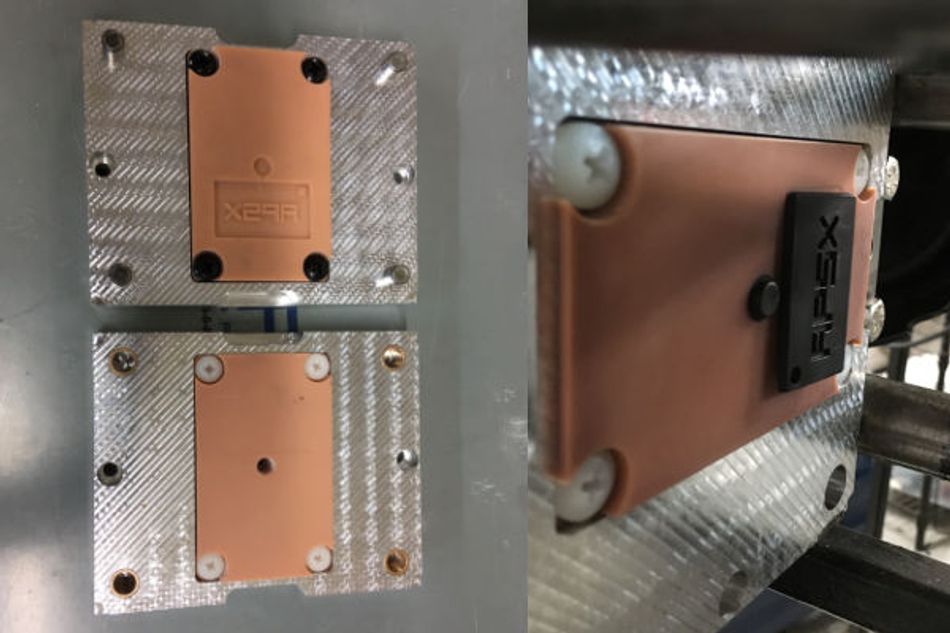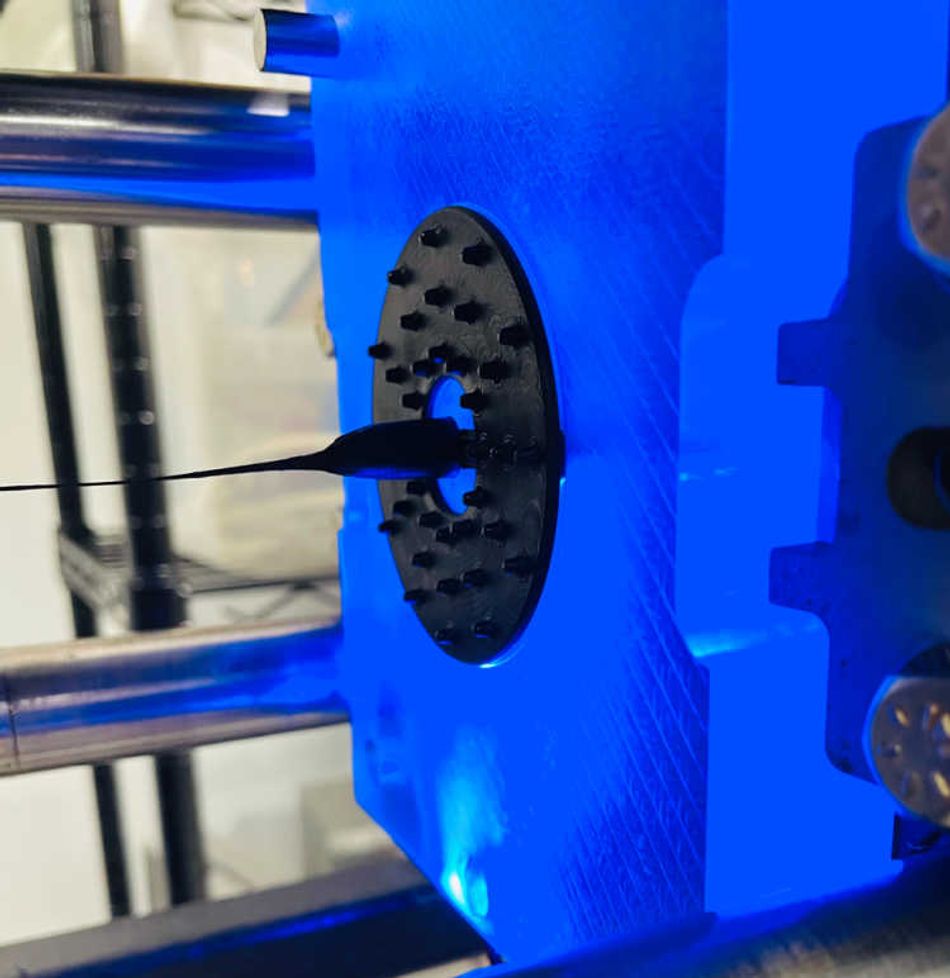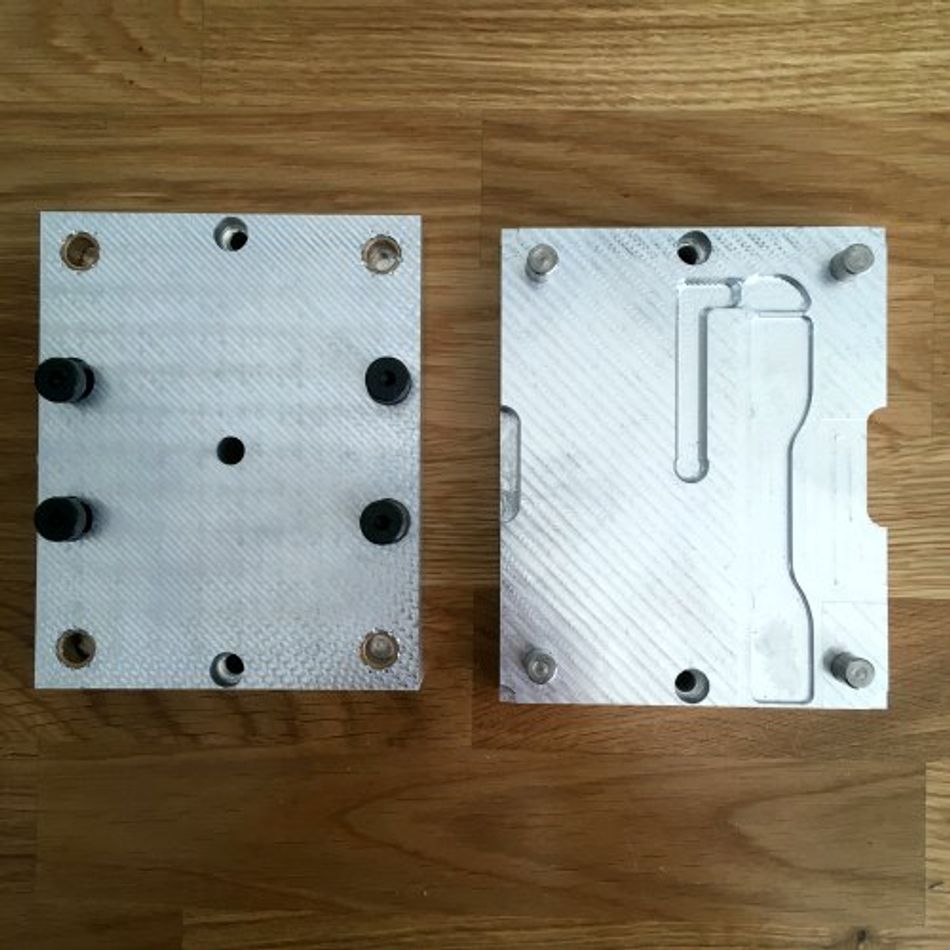How to Transition from 3D Printing to Injection Molding with APSX-PIM Machine and 3D Printed Molds
In recent years, 3D printing has emerged as a transformative method for creating various products. As a company, we have harnessed the power of 3D printers to develop prototypes as needed. However, like any technology, 3D printing has its limitations, particularly when aiming to scale production.
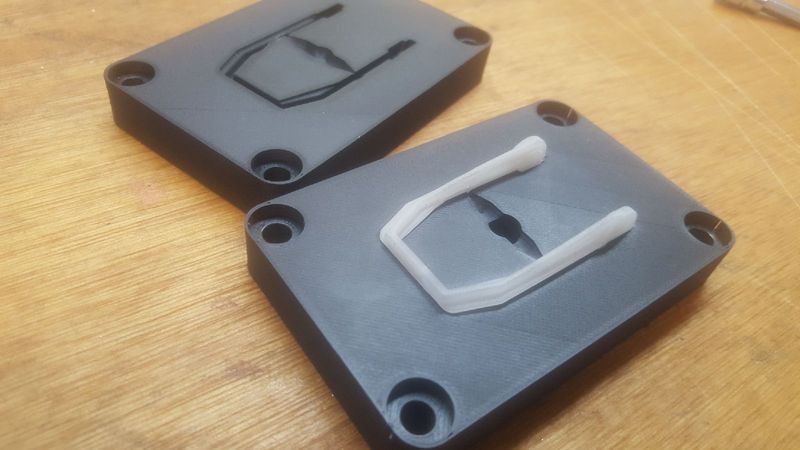
3D Printed Injection Molds
When the objective shifts towards manufacturing larger quantities within a given timeframe, relying solely on 3D printing might become impractical. In such cases, transitioning from 3D printing to injection molding presents itself as a viable solution.
APSX LLC has been at the forefront of assisting customers from the 3D printing industry to make this transition. These clients have recognized the advantages of shifting their production processes to plastic injection molding, thereby streamlining their manufacturing endeavors. The journey from 3D printing to injection molding follows a straightforward roadmap.
1 – Adapting the 3D Part Design
As a 3D printing-centric enterprise, you have already conceptualized your product design within a 3D environment (Computer-Aided Design or CAD). However, not all 3D-printable parts are suitable for injection molding. To facilitate this shift, the part's design might need adjustments to align with the requirements of injection molding. Popular 3D file formats include STEP and IGES, with software options such as Fusion 360 or Solidworks serving as excellent tools for this task.
2 – Crafting the Injection Mold Design
The subsequent phase involves creating the injection mold design within the same 3D environment (CAD). This step entails subtracting the part's geometry from the mold surface to sculpt the mold cavity. The mold's manufacturing approach becomes a consideration in the ensuing steps. APSX LLC offers readily available 3D files for a standard-size blank mold, accessible via their website.
3 – Mold Fabrication Choices
Once the CAM software has generated the necessary g-code, several manufacturing options are available:
a. 3D Printed Mold: Utilizing high-quality 3D printer materials, except PLA, provides molds with sufficient resilience against clamping forces and heat. Effective heat conductivity of the mold material facilitates rapid cooling. Molds can be either full-size or insert-type designs. APSX LLC has effectively tested sample 3D printed molds from prominent 3D printer manufacturers like Formlabs, nexa3D, Origin, Stratasys, MarkForged, and Asiga.
b. CNC Milled Mold with Plastic Block: Employing plastic materials, such as polycarbonate, for CNC milling makes the process more forgiving and manageable. The translucent nature of these materials also grants visibility into material flow during the injection process.
c. CNC Milled Mold with Aluminum Block: The pinnacle of mold manufacturing involves CNC milling on an aluminum block. APSX's SPYDER CNC machine stands out as a prime choice, designed specifically to cater to this purpose.
The transition from 3D printing to injection molding yields a range of benefits, including fully functional plastic parts, reduced cost per piece, and significantly shorter production cycles. These advantages are pivotal for an expanding business seeking to meet escalating demand.
If you're interested in more information about APSX-PIM and SPYDER CNC, we encourage you to get in touch with us.
